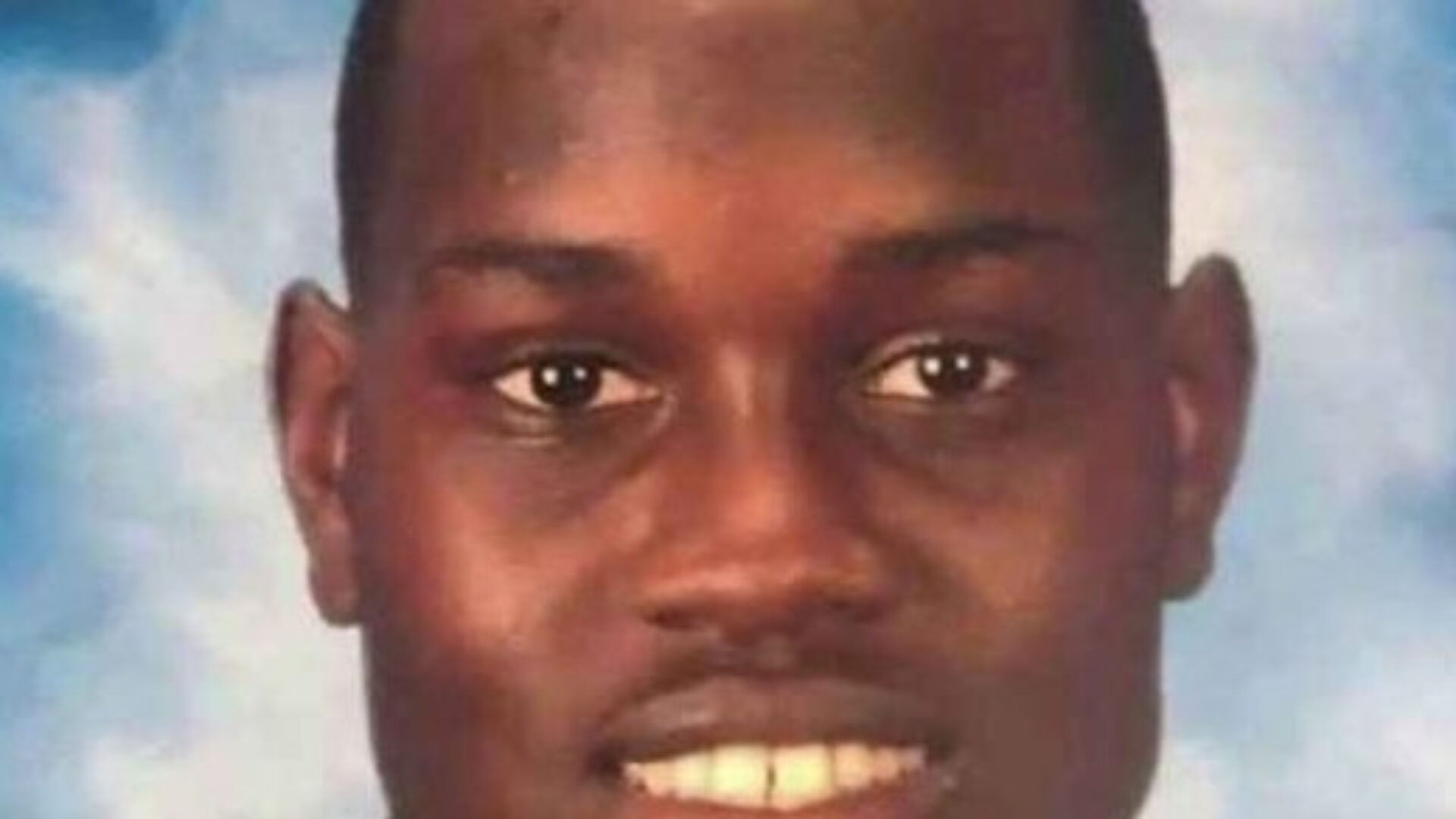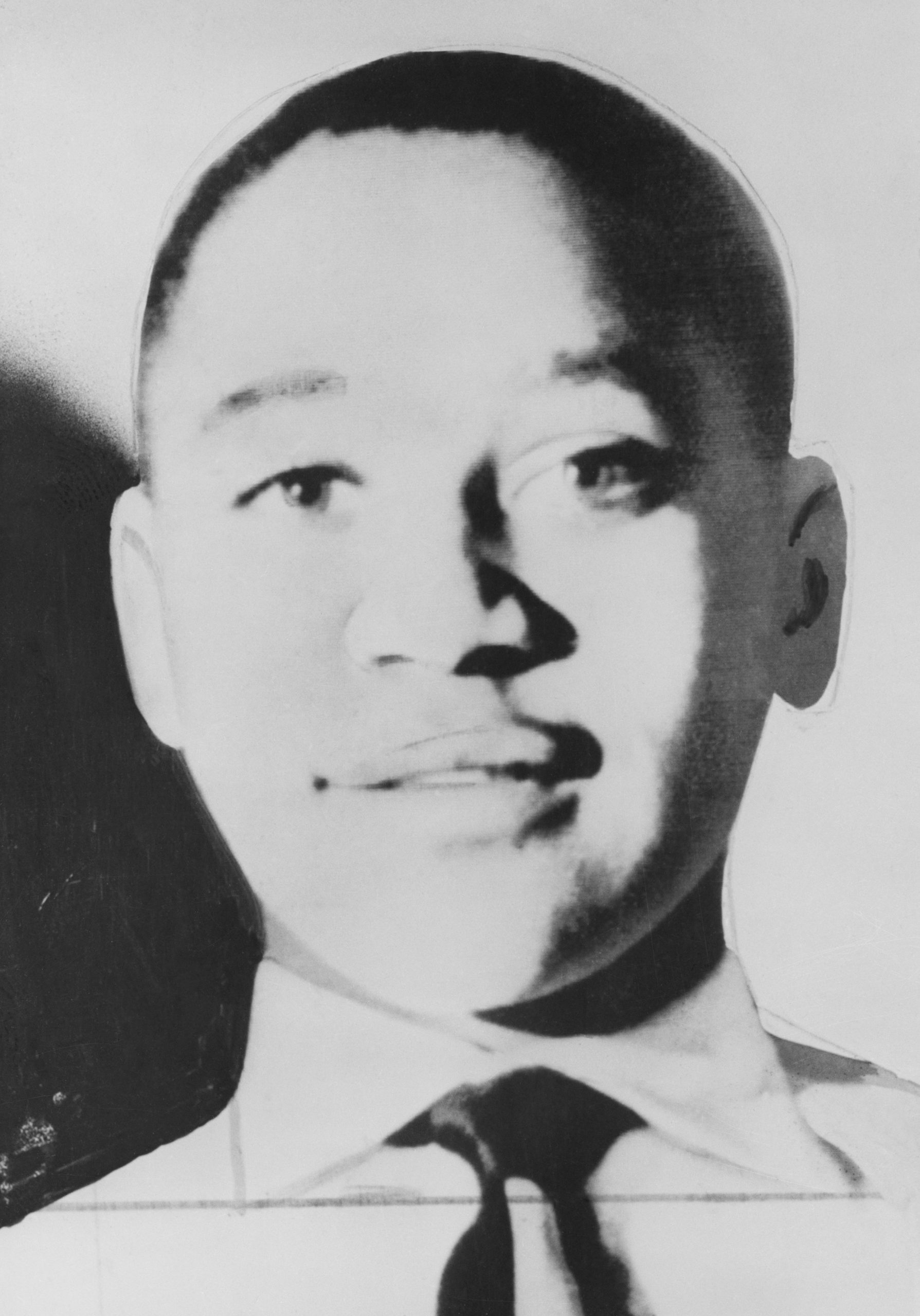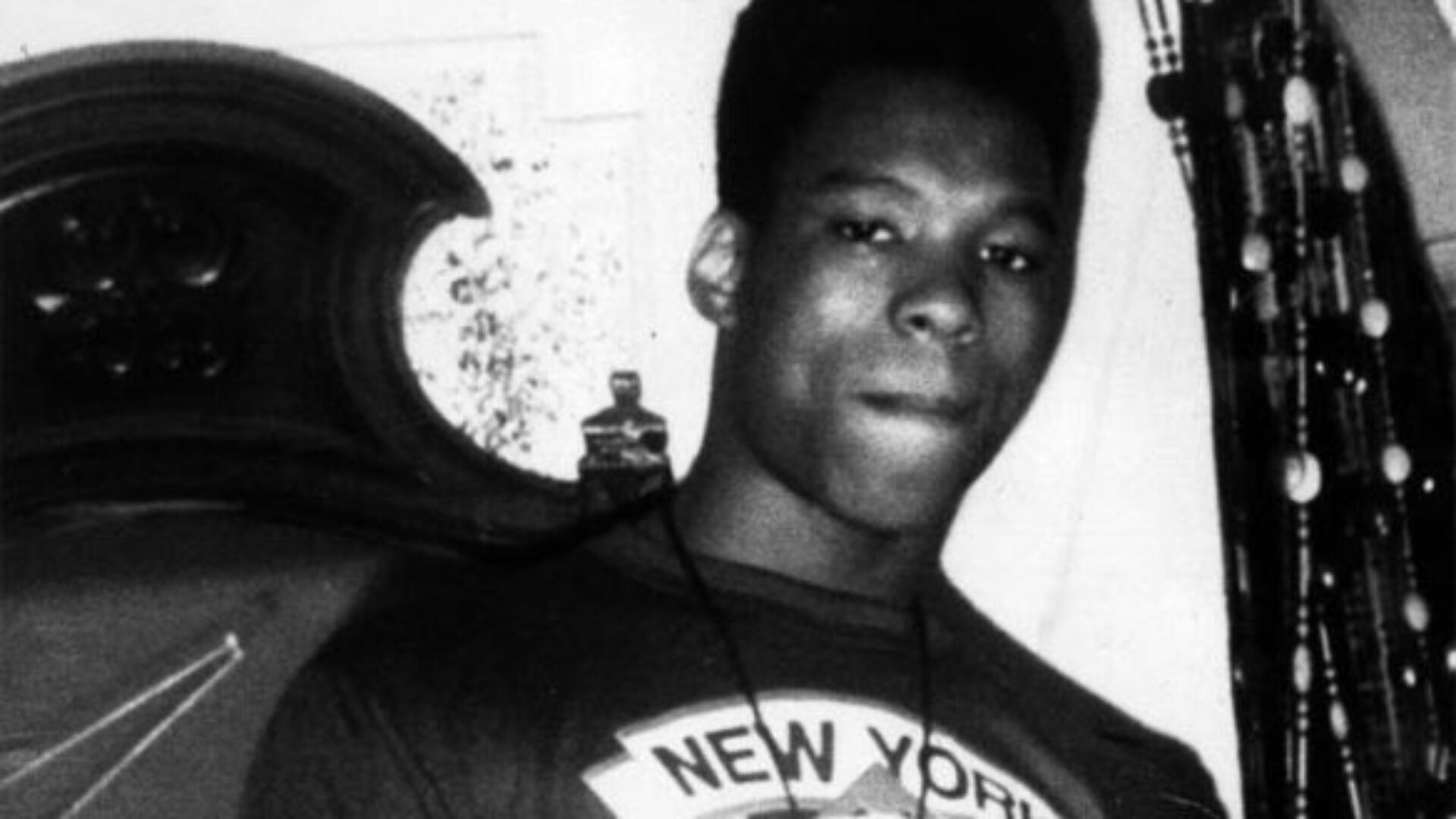
On the afternoon of February 23, 2020, 25-year-old Ahmaud Arbery was taking a neighborhood jog in Brunswick, Georgia. He could not have anticipated that it would be his last. But someone took his Blackness as a threat and took his life into their hands.
Less than 3 months later, horrifying footage emerged of a man presumed to be Arbery in the final moments of his life. In the video, you can see him come upon the truck in his path, where one man stood near the driver’s side of the truck with a shotgun and another sat in the truck’s bed. You can then see the jogger and the shotgun-wielding man struggling, before a shot goes off and they both exit the frame. Another shot is fired, they become visible once again, continue to tussle, and then a final shot is fired. The victim is then seen reeling, before he passes out.
In a police report, Gregory McMichaels, a former police officer and Arbery’s alleged killer, claimed that he had identified Arbery as someone who was connected to a string of break ins, which led them to follow him in the truck. McMichaels and his son, Travis, were both present and armed at the time of the killing. Gregory claims the man he saw breaking into a nearby home was armed, which is why he and his son were armed during their pursuit.
After the video began to spread, Wanda Jones, Arbery’s mother, spoke with CBS and was asked what she hoped the video proved. “Proves that my son was not committing a crime,” she said. “He was out for his daily jog and he was hunted down like an animal and killed.”
Young Black people being murdered in cold-blood is not uncommon. It has gone on for too long and the reasons are always steeped in racism.
In 1955, 14-year-old Emmett Till was visiting relatives in Mississippi. He went to a local store with a few family members, where he was accused of whistling at the store owner’s wife, Carolyn Bryant. A few days later, Roy Bryant and his brother-in-law, J.W. Milam, kidnapped Till from his home and Till was then tortured and killed. Till’s mother, Mamie, demanded that the teen’s mutilated body be displayed at the funeral, so the world could see what racism had done to her baby boy.

Till didn’t get experience life because racists took it upon themselves to enact their savage sense of justice. He deserved so much more. He deserved freedom, joy and a world free of prejudice.
But Till’s murder wasn’t the last time a young Black man was harmed by bigots.
In 1989, a Brooklyn teen named Yusef Hawkins was attacked by a white mob and was shot and killed. The New York Times reported that Hawkins was going to view a used car in a “conservative” neighborhood, and that some of the assailants believed that he was dating a white woman who lived in the area. But others believe that the attack was largely based on race, and that Hawkins was killed for being Black.

Over 20 years later, Trayvon Martin, 17, was on his way home from a convenience store, when he was followed and shot by George Zimmerman, a neighborhood watch volunteer. Zimmerman called 911 and referred to Martin as a “real suspicious guy.” “This guy looks like he’s up to no good, or he’s on drugs or something. It’s raining, and he’s just walking around,” Zimmerman said during the call. Though the dispatcher asked Zimmerman not to follow the teenager, he did anyways. After a confrontation, Martin was killed.

Throughout the country’s rather recent history, it’s been shown that to be a Black man is to be unsafe. Their lives and engagement in everyday activities meant nothing to those who took them away. They were sought out because they were Black and because their killers believed that their cruelty was justified. Beyond the perpetrators, the very fiber of America that has encouraged the continuous devaluation of Black lives is at fault. We have to keep fighting against the racist structure that creates space for these killings to keep happening.
Black people are unable to hang out at stores, walk around white neighborhoods, go grab snacks, or jog without being confronted with the horrors of racism. Our existence is not a transgression and people must stop take it upon themselves to punish those for America’s perceived crime of being Black.
Photo credit: Getty Images/PAPER Magazine/Voice and Viewpoint/Bklyner